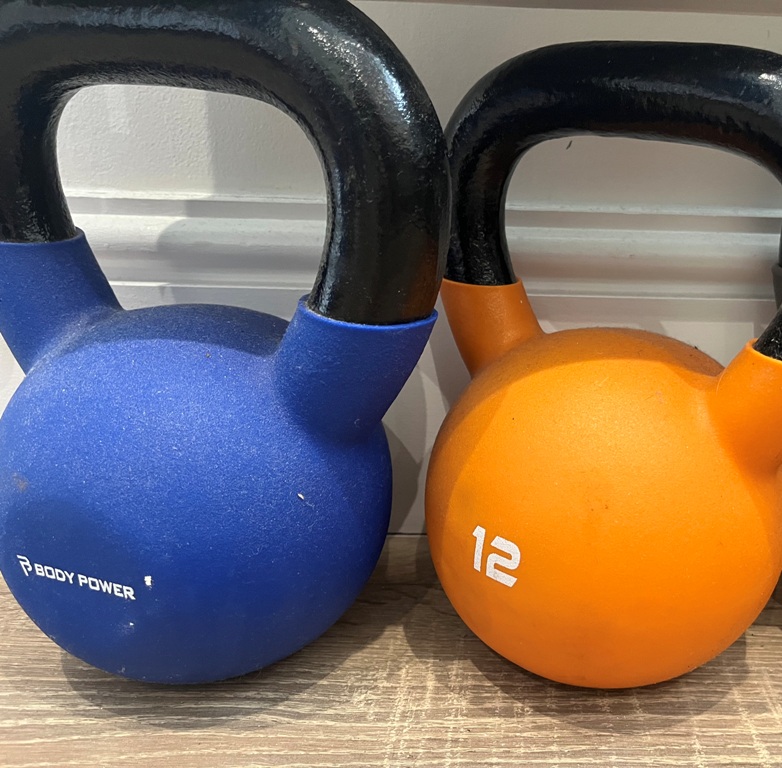🏃♀️ Staying Strong as We Age: Preventing Musculoskeletal Issues Through Movement and Proactive Care

As we age, changes in our muscles, joints, and bones are natural — but decline isn’t inevitable. With the right approach, it’s possible to maintain strength, mobility, and high levels of function – whether that’s hiking, running, gardening, or just managing daily tasks with ease.
As physiotherapists, we see the benefits of prevention every day. Supporting recovery is important — but stopping issues from developing in the first place is even better.
🧠 Education and knowledge are key to staying strong and well as we age. This includes knowing how to move well, load safely, fuel your body, and recognise early signs of change before they become problems.
This blog covers:
✅ The importance of movement
🏋️♂️ Consistent loading
👀 Early symptom identification
💪 Pelvic floor health
🍎 Nutrition for bone and muscle health

🚶♂️ Keep Moving with Purpose
Regular movement is essential for musculoskeletal health. Inactivity can lead to joint stiffness, muscle loss, and poor posture — all of which reduce mobility and increase injury risk.
Whether it’s:
• Walking 🚶
• Stretching 🧘♀️
• Swimming 🏊
• Gardening 🌱
…staying active helps maintain joint range, muscle function, and circulation.
🕒 Aim for at least 30 minutes of movement each day.
💡 Tip: Try a local class or a new gym session — Pilates or beginner strength classes are great options for all ages.
🏋️♀️ Load It or Lose It
Our bones, joints, and muscles respond best when challenged — safely and consistently. Resistance training and weight-bearing activity help improve:
Bone density
Joint stability
Muscle strength
This is especially important for women during peri- and post-menopause, when bone and muscle loss can accelerate.
🧘 Start with bodyweight or light weights and build gradually. Always listen to your body during and after exercise.

If you have concerns related to :
- Changes to your posture
- Joint pain
- New bladder, bowel to pelvic floor changes
- Challenges with activities that would have been easy before – getting off the floor from kneeling in the garden, lifting grandchildren or walking the dog as far as you’d like
- Pain or soreness after exercising
Don’t ignore them as they could lead to other symptoms or start to cause other unwanted symptoms
At Baslow Physiotherapy we can provide a thorough assessment and give you a programme of exercises and tailored advice to act as preventative care : )
🍳 Fuel and Load: Supporting the Body from the Inside Out
Musculoskeletal health isn’t just about how you move — it’s also about how you nourish your body.
🟡 Vitamin D is vital. The UK Department of Health recommends a daily supplement of 10 micrograms (400 IU), especially in the autumn and winter months.
🥦 A diet rich in calcium, protein, and key micronutrients supports:
Bone strength 🦴
Muscle repair 💪
Joint health 🤸♂️
🫀 Bonus: These habits also help with cardiovascular health, blood pressure, and overall wellbeing.

🧻 Don’t Overlook Pelvic Floor Health
The pelvic floor supports your bladder, bowel, and reproductive organs. As we age, these muscles can weaken — leading to:
Leakage
Pelvic discomfort
Reduced core control
👩 Women may be affected by childbirth or menopause.
👨 Men may experience changes following prostate surgery or with age.
🔁 NICE guidelines recommend:
10 fast squeezes
10 slow holds (10 seconds each)
➡ Repeat 3 times per day

Are you Peri menopausal? Have you spoken to your GP about hormonal changes? They could be contributing to symptoms that you are experiencing around joint pain, bladder control, pelvic pain or general mood and mental health. Oestrogren, Progesterone and Testosterone all play vital roles.
👀 Early Identification is Prevention
Most musculoskeletal problems don’t appear overnight — they can often develop over time and can be easily ignored.
🔎 As physiotherapists we can help to:
Identify early signs of dysfunction
Spot muscle imbalances
Prevent issues before they progress
Early intervention = better outcomes, fewer complications, and continued independence.
🌟 Final Thoughts
Physiotherapy plays a valuable role in healthy aging — helping you understand your body, assess your baseline, and make lasting, positive changes to support lifelong movement.
Healthy aging isn’t just about avoiding injury — it’s about being proactive, making informed choices, and staying confident in how your body functions.
With the right movement, exercise, nutrition, and early awareness, we can all build strength, resilience, and independence as we age. 💪
